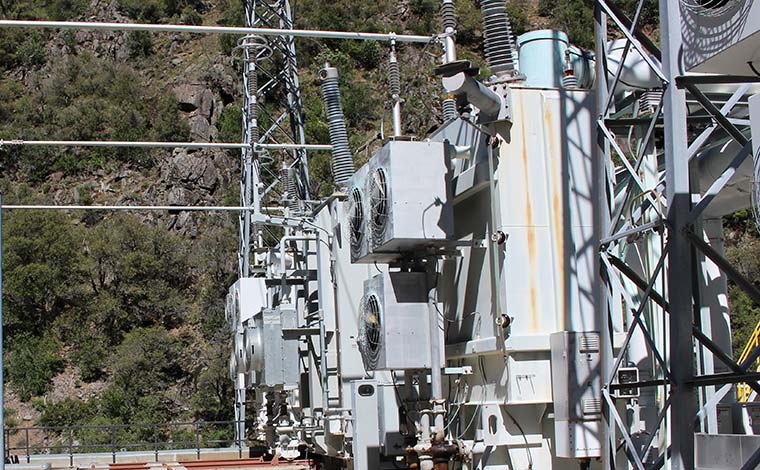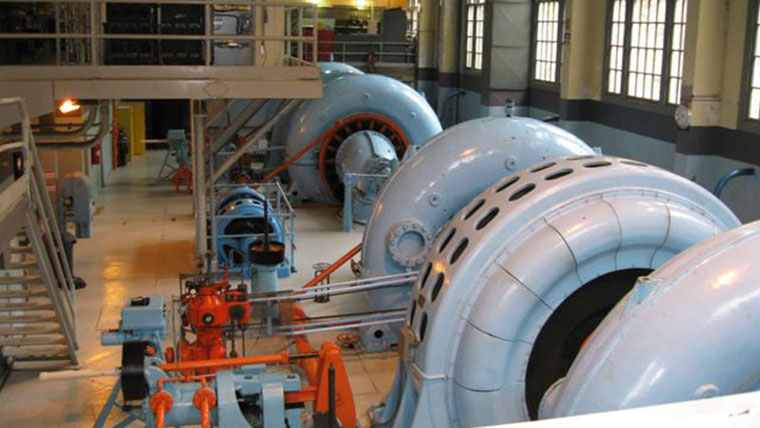Your organization has determined that critical equipment needs to be overhauled or replaced. How do you get what you want? I have had the unique opportunity to be involved with major equipment overhauls from the customer, designer, and contractor side of projects. I’ve learned a lot about the benefits and impacts that the level of customer involvement can have on projects, as seen from these three perspectives.

As those involved in project management will tell you, there are really four active stages of a typical project: development, design, procurement and execution. Each of these stages have varying levels of involvement for the customer, designer, and contractor. This will be the first in a series of four blogs outlining the roles and responsibilities of each of these stakeholders for each of the project stages. I will also discuss the benefits and impacts that customer involvement, or lack thereof, can have on the stakeholders for each project stage. This blog will focus on the first project stage: the development stage.
Development stage
Typically, the development stage is where a project is defined by identifying its objectives, scope, deliverables, project team, stakeholders, funding, etc. This definition is documented by the Project Charter and Management Plan, which are used as the bases for conducting feasibility studies and evaluating available options to narrow down to the “best” option(s) for meeting the desired project objectives.
Customer
At this stage, the customer has determined that there is a need for a major equipment overhaul. The customer should lead the development of a project charter document that outlines:
- Objectives of the project;
- How the project will be funded;
- When the project completion is required.
Benefits of customer engagement: Customer involvement in this stage means that the customer is more likely to get what they want and need from the project. The more developed scope in the beginning of the project means the number of changes during the life of the project is reduced and the cost is kept in check. The customer can develop more robust budgets and schedules with a better understanding of risks associated with the project, making it easier to convey this to potential funding sources and other project stakeholders. The customer can better distinguish between necessities and “niceties.”
Impacts of lack of customer engagement: If the customer is not engaged, they will have a reduced understanding of the complexity, costs, schedule, scope and market offering of the project, resulting in an end-product that does not meet their needs and objectives. A lack of engagement will also mean that the customer is continually having to find additional funding sources for unforeseen changes to scope, schedule, and costs. The customer will often overcommit their resources or find that they do not have the sophistication to complete the project because of assumptions regarding their roles and responsibilities made by the designer and contractor.
Designer
The designer is the Subject Matter Expert (SME) engaged by the customer to act as the Engineer-of-Record (EOR). They provide input to the customer to aid in the establishment of the project charter. This input includes:
- Project scope to meet objectives;
- Market research;
- Budgetary cost estimates.
Benefits of customer engagement: With customer engagement, the designer has a better understanding of the customer’s goals and objectives for the project. The designer can therefore make a more accurate determination of the “sophistication,” capabilities, and resources of the customer. Customer involvement also means that the designer has a responsive point-of-contact to help them get all the necessary legacy documentation for the design. The customer’s feedback on the generated scope, schedule, costs, etc. allows the designer to streamline the design phase of the project.
Impacts of lack of customer engagement: Project does not have a fully developed scope, so assumptions are made to the desired outcome of the project. Tend to minimize the scope to optimize the schedule, costs and risks to meet the underdeveloped purpose statement. Is unable to recommend a best-value solution for the Customer because of inadequate historical and current performance data.
Contractor
At this stage, the contractor would be one of multiple bidders on the project. Either directly or through website, industry conferences, industry periodicals, etc., they would provide:
- Current industry capabilities, offerings, approaches, etc.;
- Ballpark estimates for costs and timelines;
- Inquiries into upcoming customer projects and needs.
Benefits of customer involvement: If the customer is involved at the development stage, then the contractor will not encounter significant changes in the execution phase of the project because they have a clearer understanding of the project and can submit a better proposal/ bid in the procurement phase.
Impacts of lack of customer engagement: The contactor is more restricted to provide either obsolete or limited-support equipment or design approaches to the project because the customer is unaware of available upgrades and improvements.
As we can see, each stakeholder benefits significantly from customer engagement and involvement at the development stage, and the consequences for a lack of customer involvement are not ideal for anyone involved. Check out these articles on the other 3 stages of Customer involvement: Design, Procurement and Execution.


